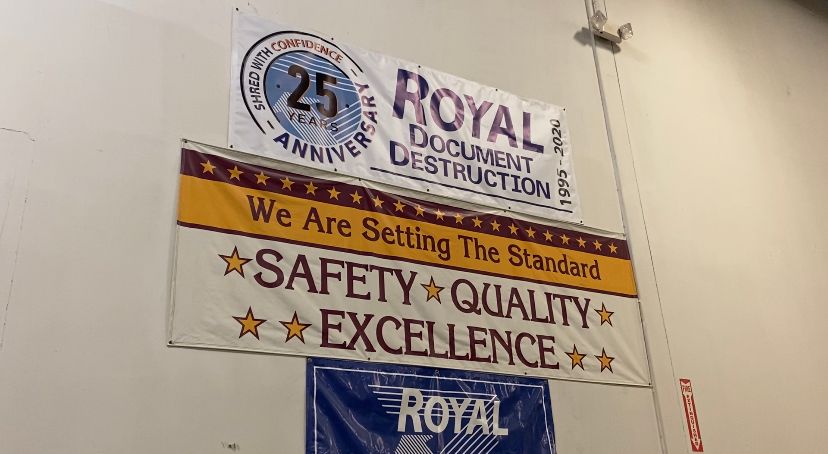DAYTON, Ohio — Following a third-party review of the case, the Dayton Police Department has found that two of its officers did not violate policy when forcibly removing a paraplegic man from the vehicle he was operating in late September of last year.
Dayton’s new Police Chief Kamran Afzal joined City Manager Shelley Dickstein in City Commission Chambers at City Hall on Tuesday to release those findings related to the case involving Clifford Owensby.
Afzal, who started in late December, said the findings showed that both the request for a free-air K9 search of the vehicle and the traffic stop didn’t violate the department’s policy.
“In addition to departmental policy requiring Mr. Owensby to be out of his vehicle during the canine free-air sniff, case law allows for an officer to get a driver out of their vehicle during a lawful traffic stop,” the review states.
Afzal said the review found that the two officers — Officer Wayne M. Hammock Jr. and Officer Vincent J. Carter — involved did violate policies related to muting of body-camera use. One of the officers was also written up for making an unprofessional comment to another officer, the chief said. He didn’t indicate any specifics about the officer’s comments.
As a result of the incident, the officers will not face additional penalties related to the incident, Afzal said. But they will have to undergo additional training.
The review stems from an daytime incident on Sept. 30, 2021. Owensby was pulled over as part of what the department called a drug-related investigation.
During a roughly 11-minute body-camera video of the incident, the two responding DPD officers commanded Owensby to exit the vehicle. They said “due to his history,” they needed him to be outside of the car, so a K9 officer could go through the vehicle. Owensby said he couldn’t get out because he is paraplegic.
Officers said they told Owensby they would help him out of the vehicle, but the 39-year-old refused. Owensby, in turn, asked the officers to call their supervisor.
The video shows that the officers then told Owensby that if he didn’t agree to exit the vehicle they would have to forcibly remove him, which they did. Officers are seen on camera pulling him out of the vehicle and placing him on the ground to handcuff him. He was then placed inside the police cruiser.
Owensby can be heard on video saying that the officer was hurting him.
In reviewing the incident, the Professional Standards Bureau recommended new policy and training for Dayton Police in interacting with people with disabilities,” according to a statement from Mayor Jeffrey Mims Jr. He added that the new chief has also requested a review of current policies and training with a focus on how the Dayton Police Department can do a “better job of engaging with citizens with mobility limitations.”
Mims went on to say that Dayton City Commission has been working for more than 18 months to “address systemic issues that may create a lack of trust between community and the police. Many of those recommendations — including a new de-escalation policy and training, the creation of an independent accountability auditor, and the creation of a non-police responder for non-violent calls — are already completed or in progress.
“All Dayton residents should feel that they are treated with dignity and respect, and I know that the incident between Clifford Owensby and Dayton police fell short of that standard. It fell below my expectations as well,” Mims said.
“We can do better, and I am committed to continuing that work in Dayton and working to strengthen the community-police relationship,” Mims added. “I remain optimistic that we are on the path to creating the right conditions to build a stronger community relationship with Dayton police. This relationship is critical for our city, and is one that I and my colleagues are committed to continue to address.”
This story is developing. Check back for updates.




